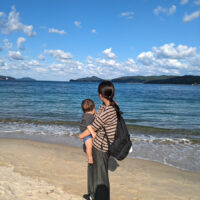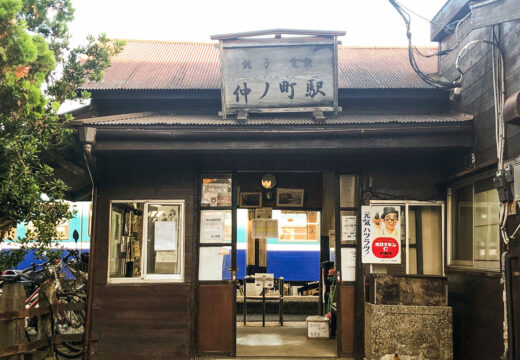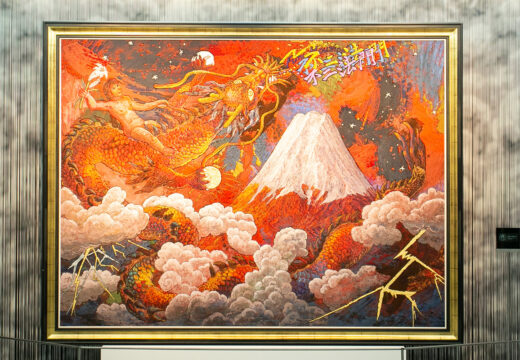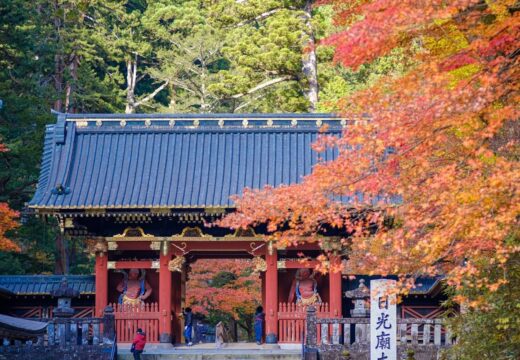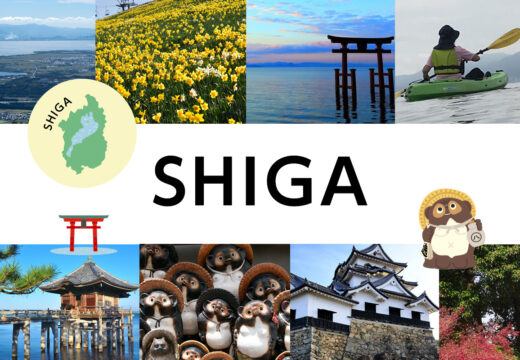Fukui Prefecture Has the Best Dinosaurs and Eyeglasses in Japan
Category: Sightseeing
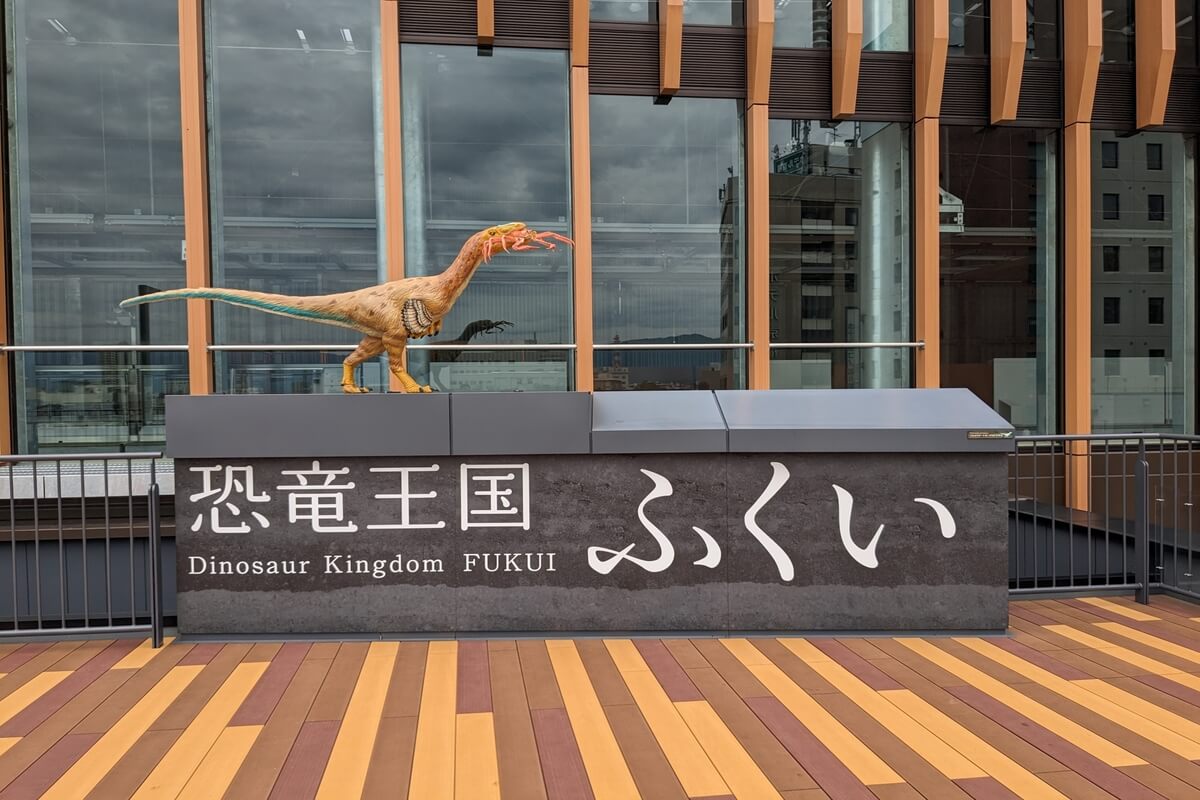
Fukui Prefecture will be easily accessible from Tokyo in the spring of 2024, when the Hokuriku Shinkansen line is extended from Kanazawa Station in Ishikawa Prefecture to Tsuruga Station in Fukui Prefecture!
Surrounded by the sea and rivers, Fukui is rich in nature and has been selected by the Washington Post as one of the World’s 12 Best Places to “Travel in 2024 without the Crowds”.
Let us introduce you to the attractions of this much-awaited Fukui!
What is Fukui?
Fukui Prefecture in the Hokuriku region is located almost in the center of Japan. Facing the Sea of Japan to the north and surrounded by mountains and rice paddies, it is a region where one can experience a distinctly Japanese atmosphere due to the four distinct seasons.
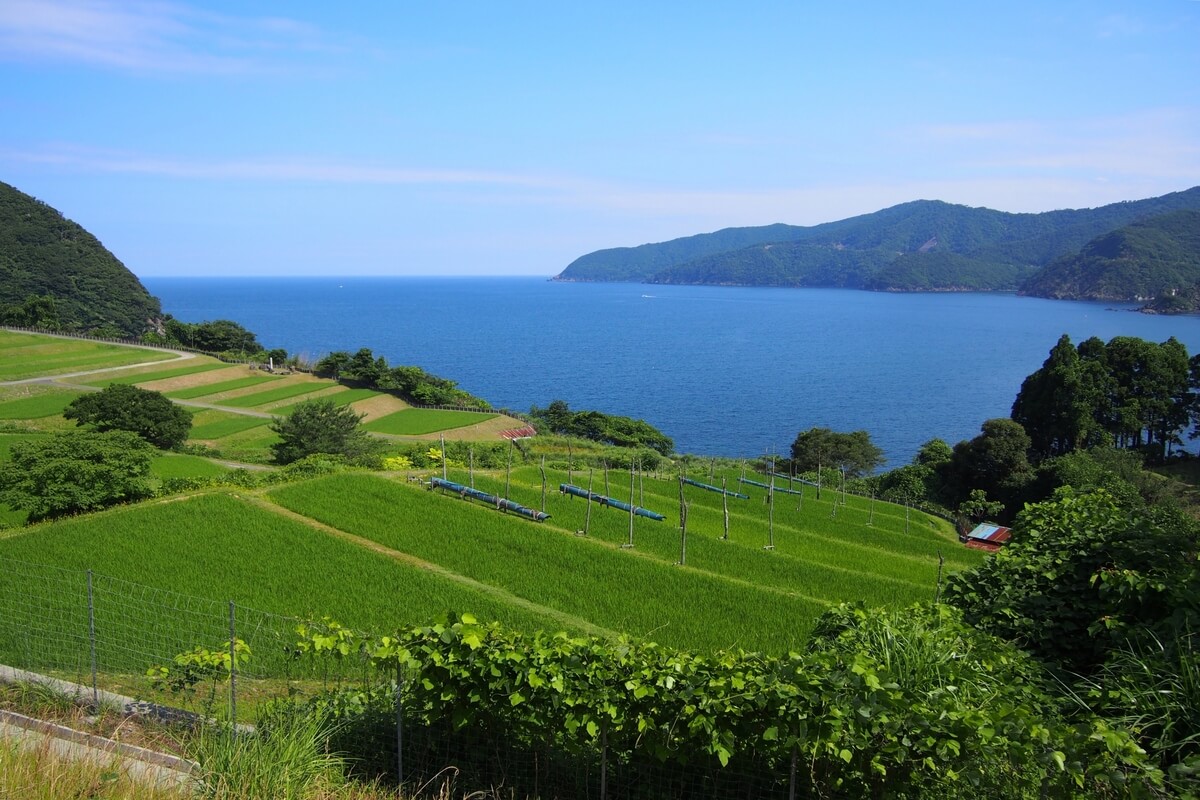
Koshihikari, the most widely grown brand of Japanese rice, is said to have originated in Fukui and spread throughout the country. Fukui is a treasure trove of food, including agricultural products grown in its blessed natural environment, marine products such as crabs and shrimps, and Japanese sake, and it is also rich in local gourmet foods.
It is also famous for the excavation of dinosaur fossils and is called the “Dinosaur Kingdom”.
History and Culture of Fukui?
Here are some typical examples of Fukui’s history and culture.
Fukui Prefecture Consists of Wakasa and Echizen Provinces
In the 7th century, the Wakasa and Echizen Provinces were established, and the area served as a gateway for cultures from foreign lands. The area south of present-day Mihama Town is Wakasa Province, and the area north of Tsuruga City is Echizen Province.
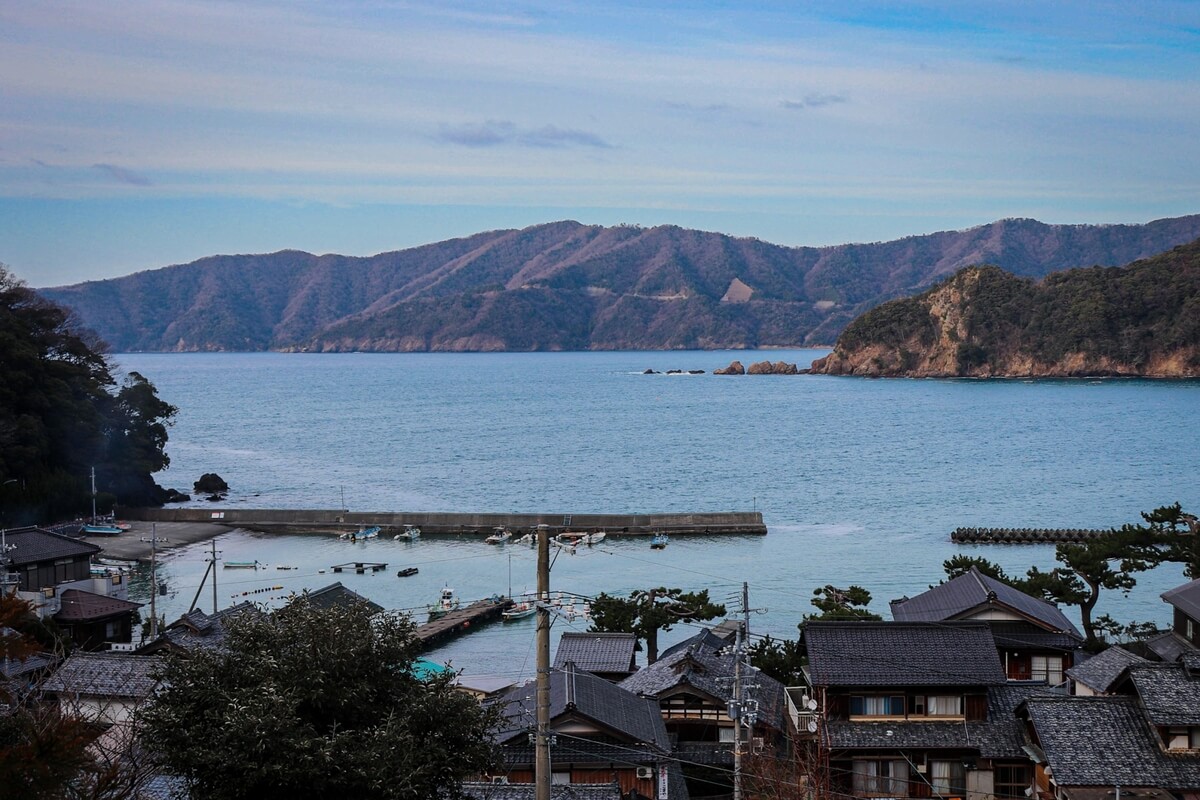
Wakasa Province, in particular, was called “Miketsukuni,” or “Land of Food,” because seawater products caught in Wakasa Bay were brought to the capital (today’s Kyoto) from ancient times. In Echizen Province, many traditional crafts were nurtured, such as Echizen lacquerware and Echizen washi paper. In 1881, the two countries were combined to form Fukui Prefecture.
Japan’s Largest Excavation of Dinosaur Fossils
Many Japanese people associate Fukui with dinosaurs! In fact, Katsuyama City in the northeastern part of Fukui Prefecture is home to the largest dinosaur fossil excavation site in Japan. Amazingly, about 80% of the dinosaur fossils excavated in Japan are found in Fukui.
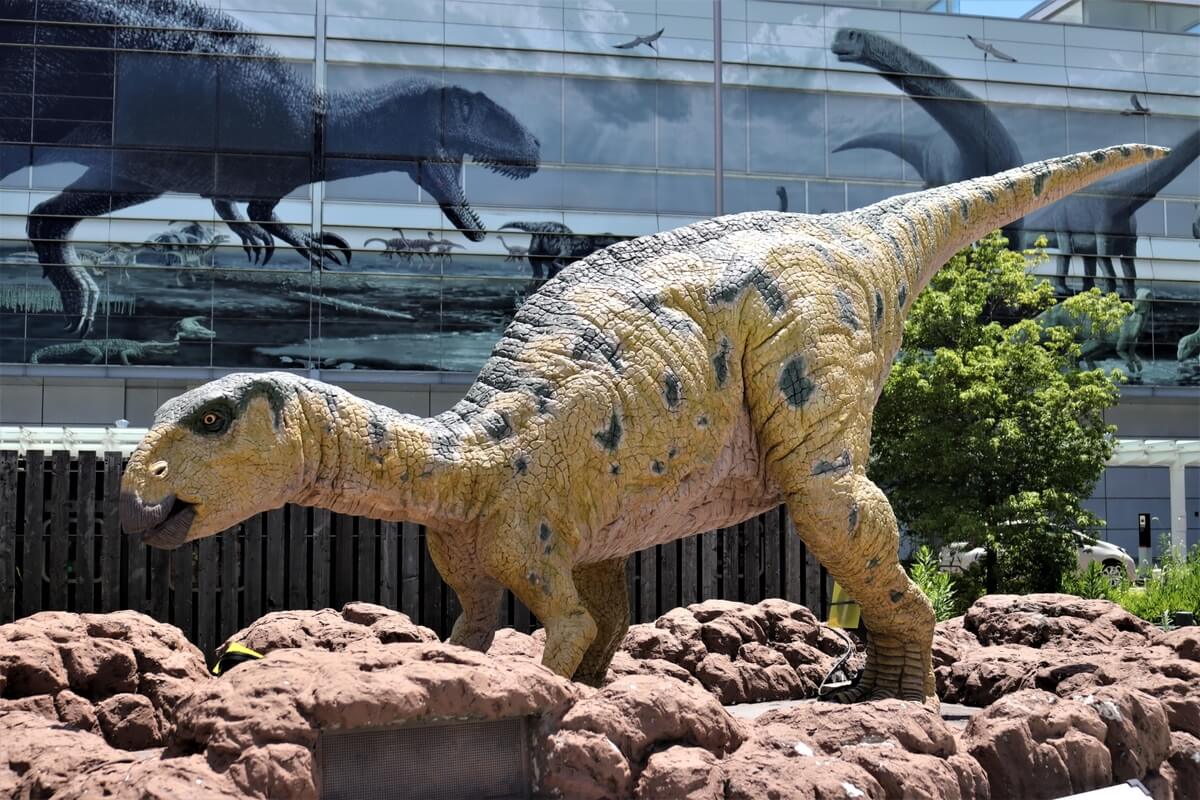
Since the discovery of a crocodile fossil from the early Cretaceous Period of the Mesozoic Era in Katsuyama City in 1982, large-scale dinosaur fossil excavations have been conducted up to the present. Some dinosaur fossils were excavated for the first time in Fukui Prefecture, and there are many dinosaurs with names that include the names of places in Fukui, such as “Fukuisaurus” and “Fukuiraptor”.
Fukuisaurus was the first dinosaur whose whole body skeleton could be reconstructed in Japan in 1995, and was named in 2003.
Many whole-body skeletal specimens can be seen at the Fukui Prefectural Dinosaur Museum, which opened in 2000. There are many dinosaur monuments at Fukui Station, which is a popular photo spot.
Click here for a report on Fukui Station.
Active in Manufacturing Such as Eyeglasses and Traditional Crafts
The Tannan area (Sabae City, Echizen City, etc.), located in the center of Fukui Prefecture, is one of the most prosperous manufacturing areas in Japan. In addition to traditional crafts such as Echizen Shikki(lacquerware), Echizen Tansu(traditional chests), Echizen Washi(Japanese paper), Echizen Uchihamono(cutlery), and Echizen Yaki(ware), the area is also famous for producing eyeglasses, which hold the top share of the Japanese eyeglass market. The fact that these industries are concentrated within a 10-kilometer radius of the city is rare even by national standards.
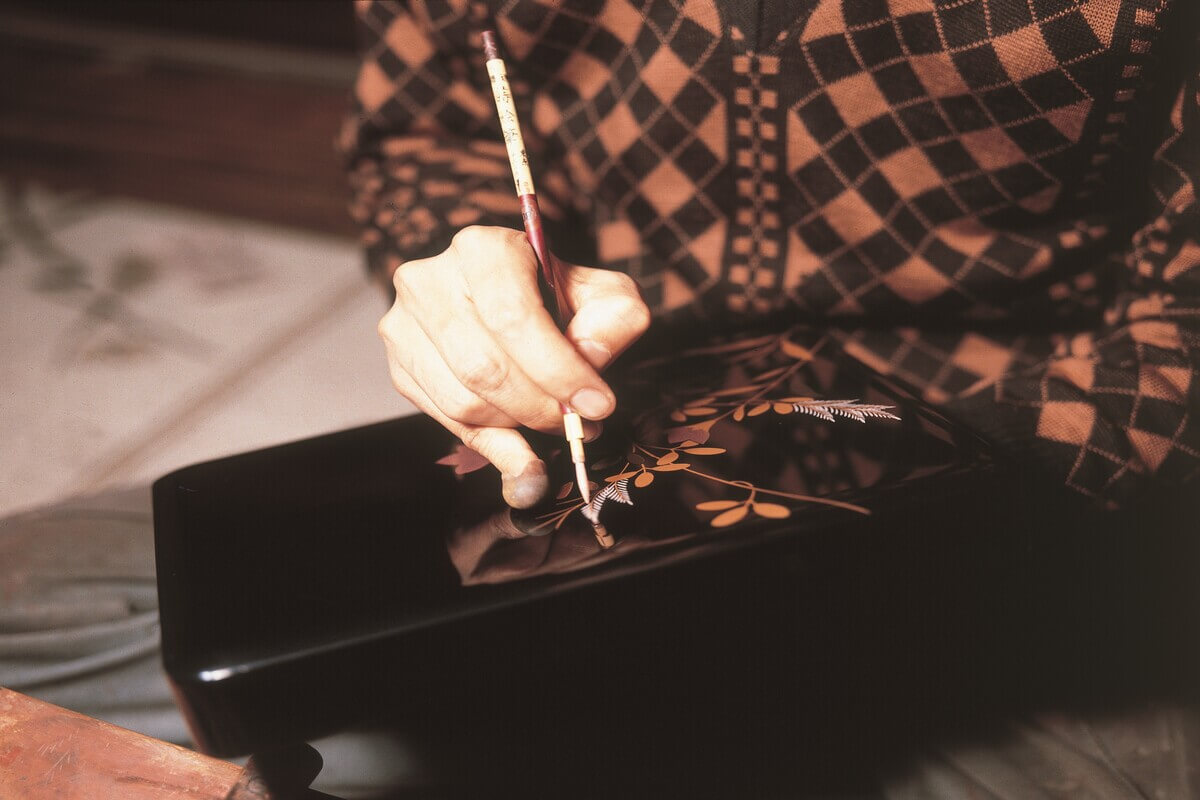
Fukui is surrounded by mountains and has a climate that closes off traffic in winter due to heavy snowfall, so it is said that manufacturing has developed since ancient times as a side job during the off-season for farmers.
In recent years, the number of factory stores, which are both workshops and stores, has been increasing, and visitors can enjoy touring the workshops and experiencing the crafts.
Recommended Sightseeing Spots
Tojinbo
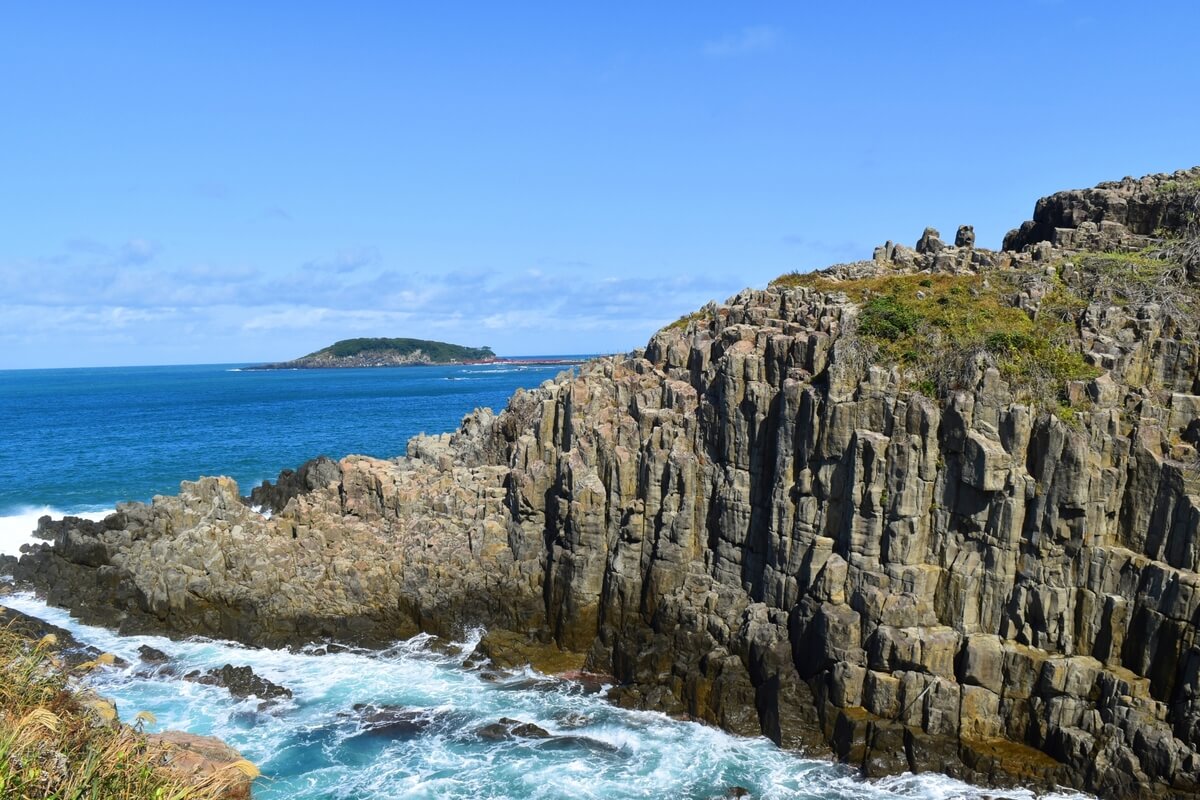
Tojinbo, located in Mikuni-cho, Sakai City, in the northern part of Fukui Prefecture, is a spectacular spot with dynamic cliffs stretching about 1 km along the coastline. The cliffs, created by columnar joints formed by cracks in lava as it cools and hardens, are truly a work of art created by nature. It is rare to see such large-scale columnar joints anywhere in the world, and is one of the three most spectacular columnar jointed cliffs in the world.
It is also a popular place for sunsets, and has been selected as one of the “100 best sunsets in Japan”.
Eiheiji Temple
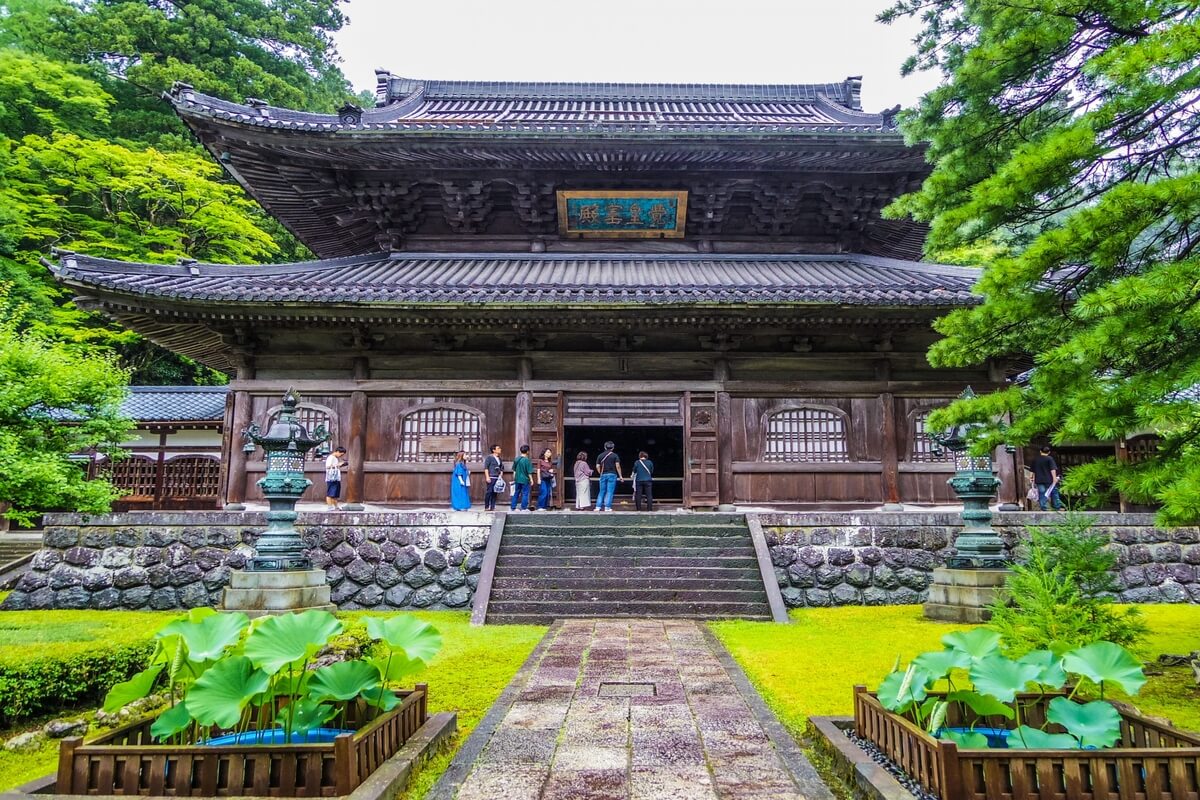
Eiheiji Temple, the head temple of the Soto sect of Zen Buddhism, was founded in 1244 by Zen Master Dogen. Even today, visitors can see ascetic monks called “Unsui” (literally “cloud water”) gather from all over the country to practice their ascetic training. The vast grounds are home to more than 70 halls, 19 of which are designated as National Important Cultural Properties. If you make a reservation in advance, you can even experience Zen meditation.
Fukui Prefectural Dinosaur Museum
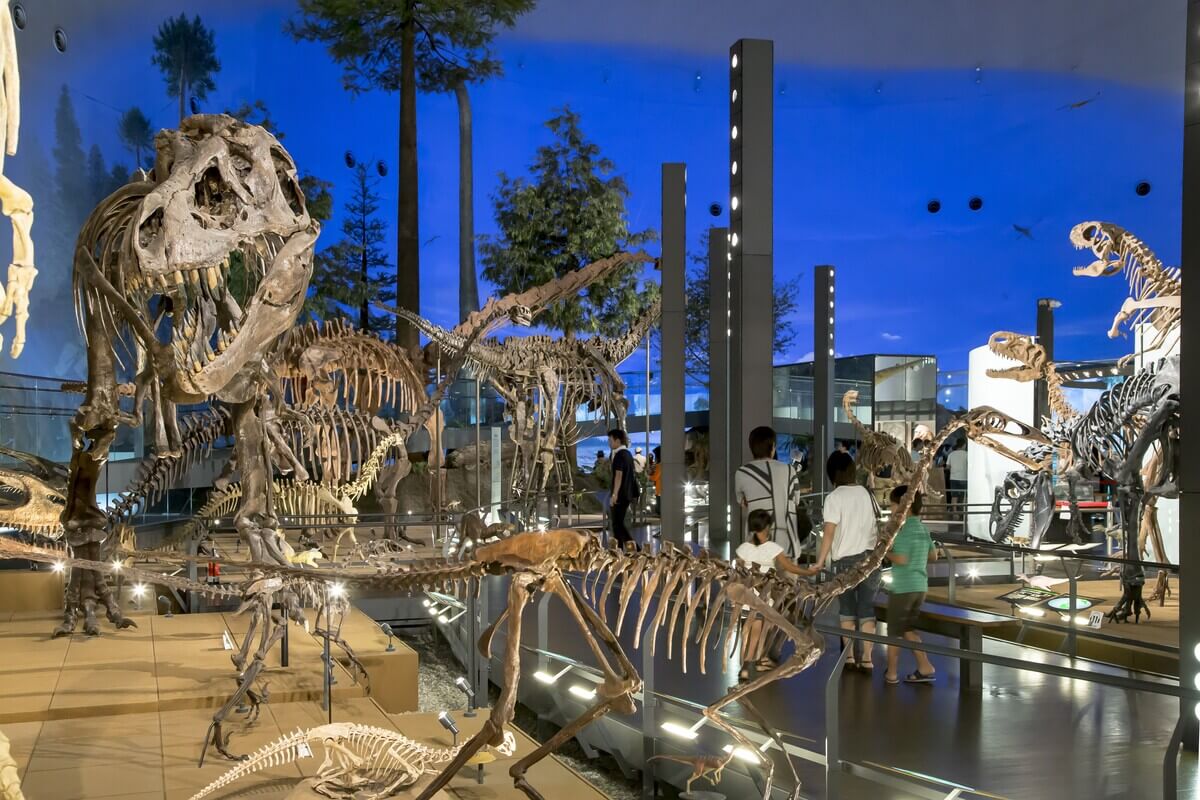
Fukui Prefectural Dinosaur Museum, one of the world’s largest dinosaur museums and one of the largest museums in Japan, will reopen in July 2023 with a full range of permanent exhibits, including 50 dinosaur skeletons. In the new building, visitors can experience fossil research by reconstructing a life-size Tyrannosaurus skull, CT scanning fossils, etc. (reservations required).
Visitors can also tour the dinosaur fossil excavation site and actually dig for dinosaur fossils, making this a must-see spot for dinosaur lovers.
Souvenirs to Buy in Fukui
Fukui Sabae Glasses
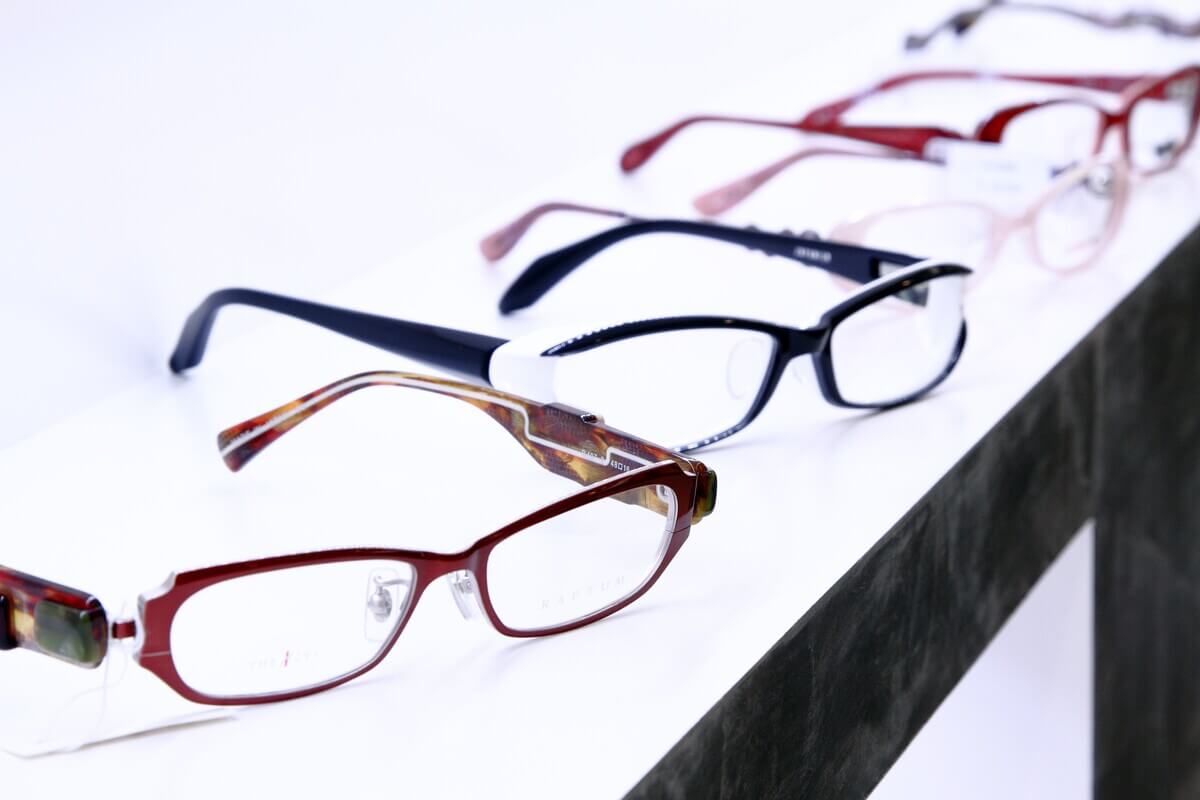
Sabae City, Fukui Prefecture, is one of the world’s three major eyeglass production centers. The city produces about 95% of all Japanese-made eyeglass frames. The city is also known for being the first in the world to develop and commercialize titanium frames, which are considered difficult to process. Glasses made with high technology are loved by people not only in Japan but also all over the world.
At the Megane Museum, a 10-minute walk from Sabae Station, more than 3,000 pairs of eyeglasses are always on sale. Try to find the perfect pair of glasses for yourself.
Also, “Made in SABAE” glasses are sold at “Megane Ichiba”, a famous glasses store in Japan! If you are interested, please check the detailed article.
Echizen Shikki (lacquerware)
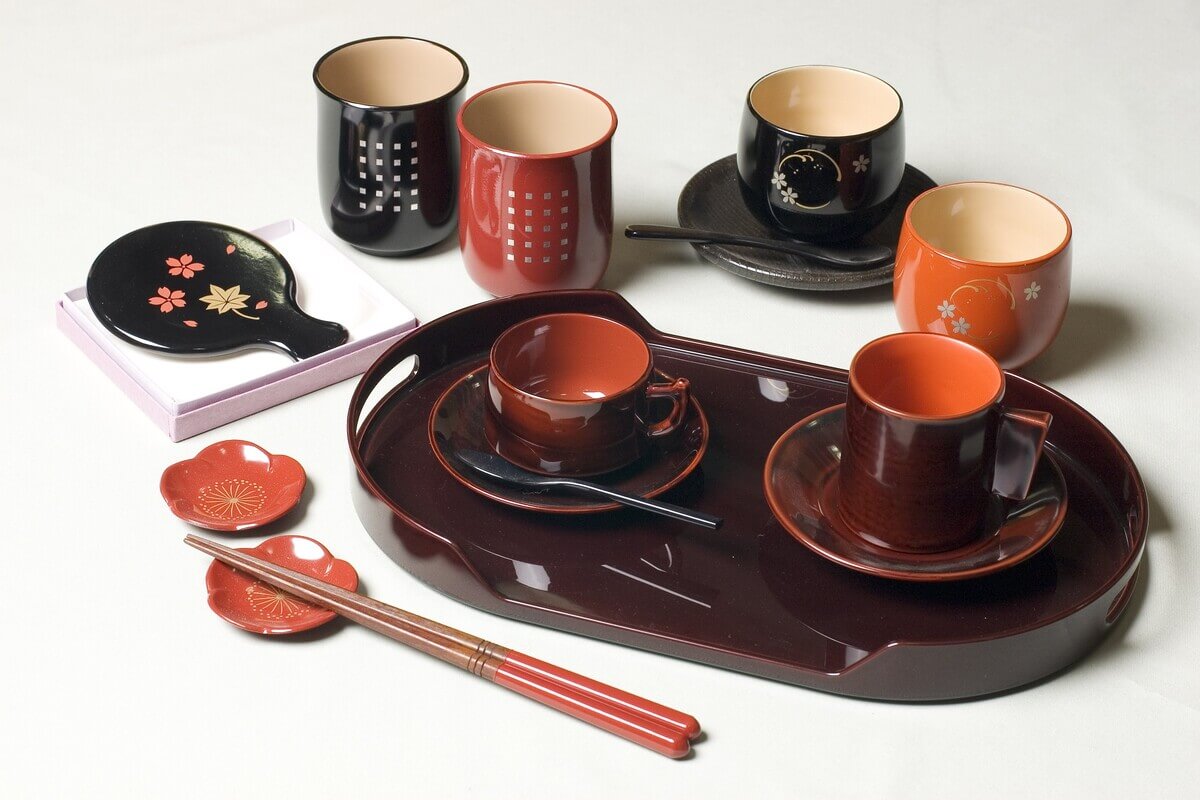
With a history of approximately 1,500 years, it is one of Fukui’s representative traditional crafts. Shikki(Lacquerware) is a type of vessel coated with lacquer sap, and is produced in many parts of Japan. Echizen Shikki(lacquerware), produced mainly in Sabae City, is light and easy to use with a pleasant feel to the mouth, as well as being durable and resistant to cracking. We invite you to pick up a piece of Echizen Shikki(lacquerware) with a beautiful luster that will enhance your daily meals.
Wakasa Nuribashi (Lacquered Chopsticks)
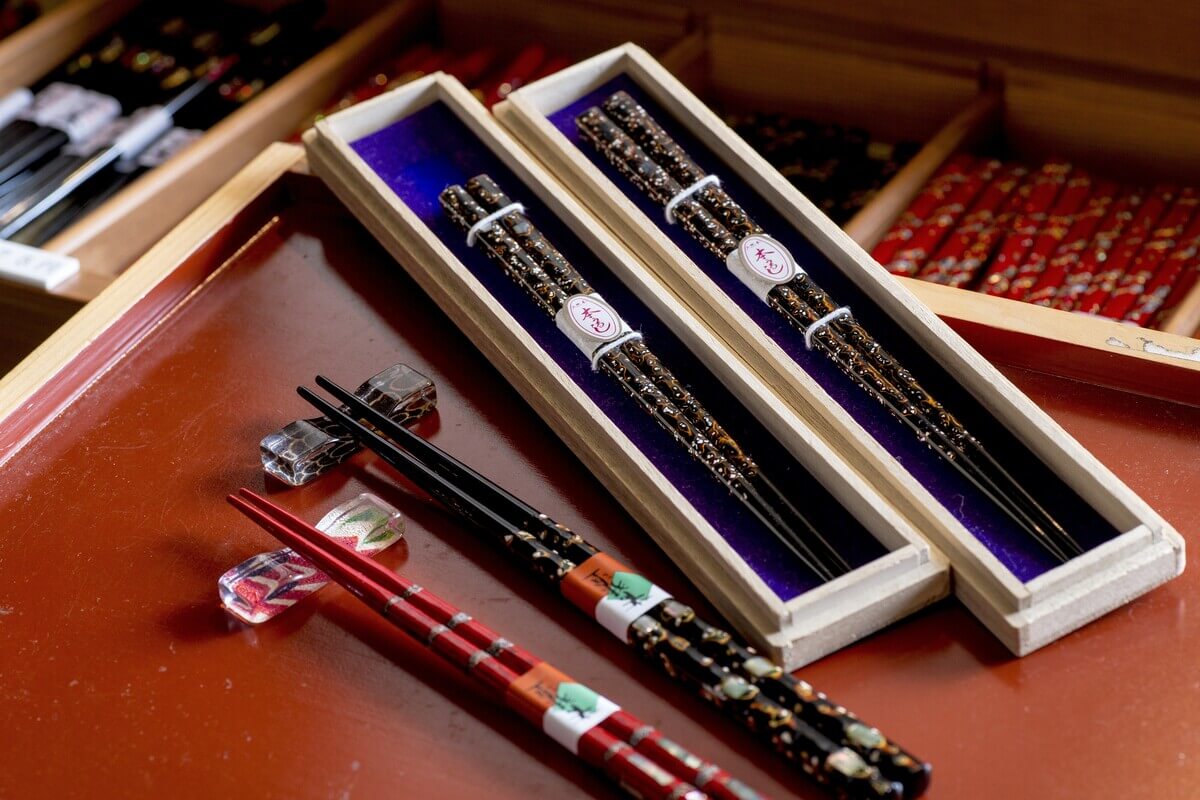
Wakasa Nuribashi(lacquered chopsticks) account for more than 80% of all lacquered chopsticks produced in Japan. Lacquered chopsticks depicting a beautiful seabed with shells and eggshells embedded in the lacquer are unique and beautiful. The history of Wakasa lacquer chopsticks dates back more than 400 years to when “Matsuura Sanjuro,” an official lacquerware painter of the Obama Clan, designed a picture of the seabed of Wakasa Bay using lacquerware from China as a guide.
In Obama City, where the chopsticks are produced, you can not only purchase Wakasa-nuri chopsticks, but also experience sharpening them. Why not try making your own unique chopsticks?
Habutae Mochi
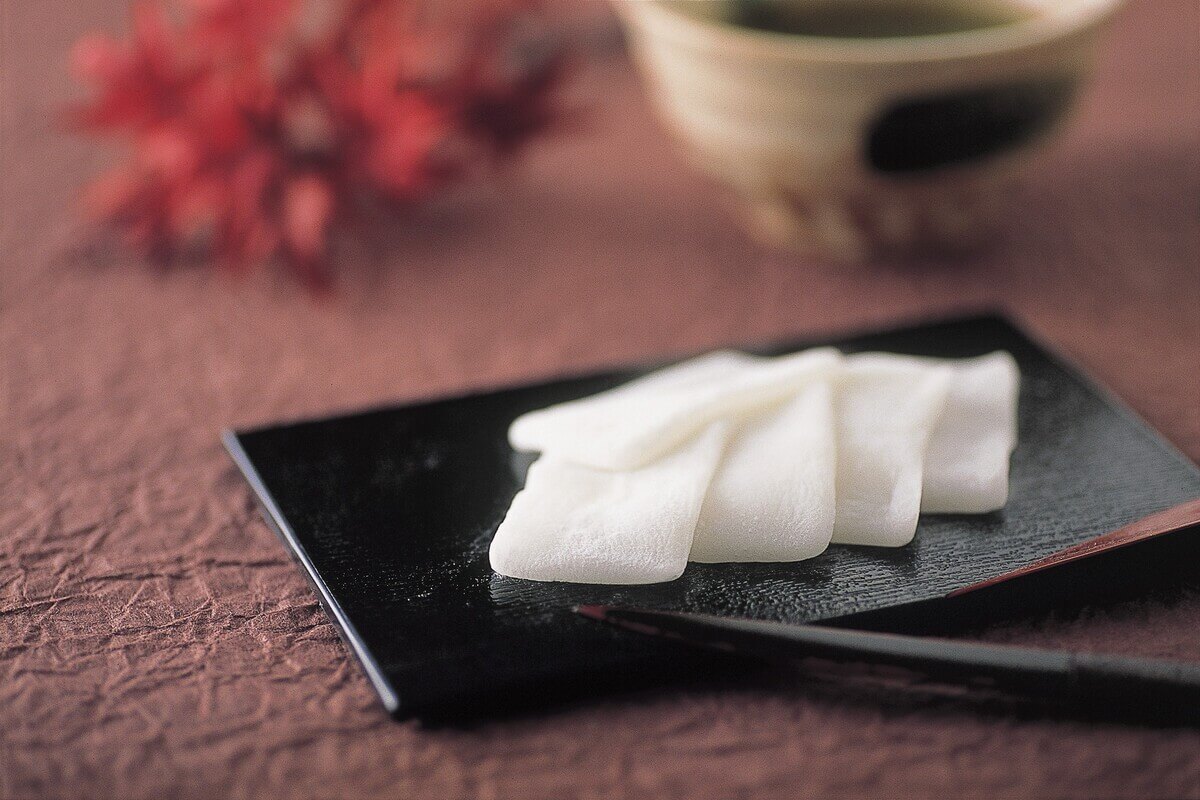
Habutae mochi is the most popular souvenir sweet of Fukui. The rice cake is soft and fluffy to the touch like a feather, inspired by “Habutaeori,” a luxury silk fabric that is a specialty of Fukui, a city with a thriving textile industry. This simple rice cake is made from only glutinous rice and sugar, but it has an exquisite texture and elegant sweetness! You can enjoy a variety of flavors as there are many different products available, such as sprinkled with soybean flour, kneaded with green tea or mugwort, or wrapped with strawberries or chocolate to make Daifuku.
Recommended Local Gourmet
Echizen Oroshi Soba
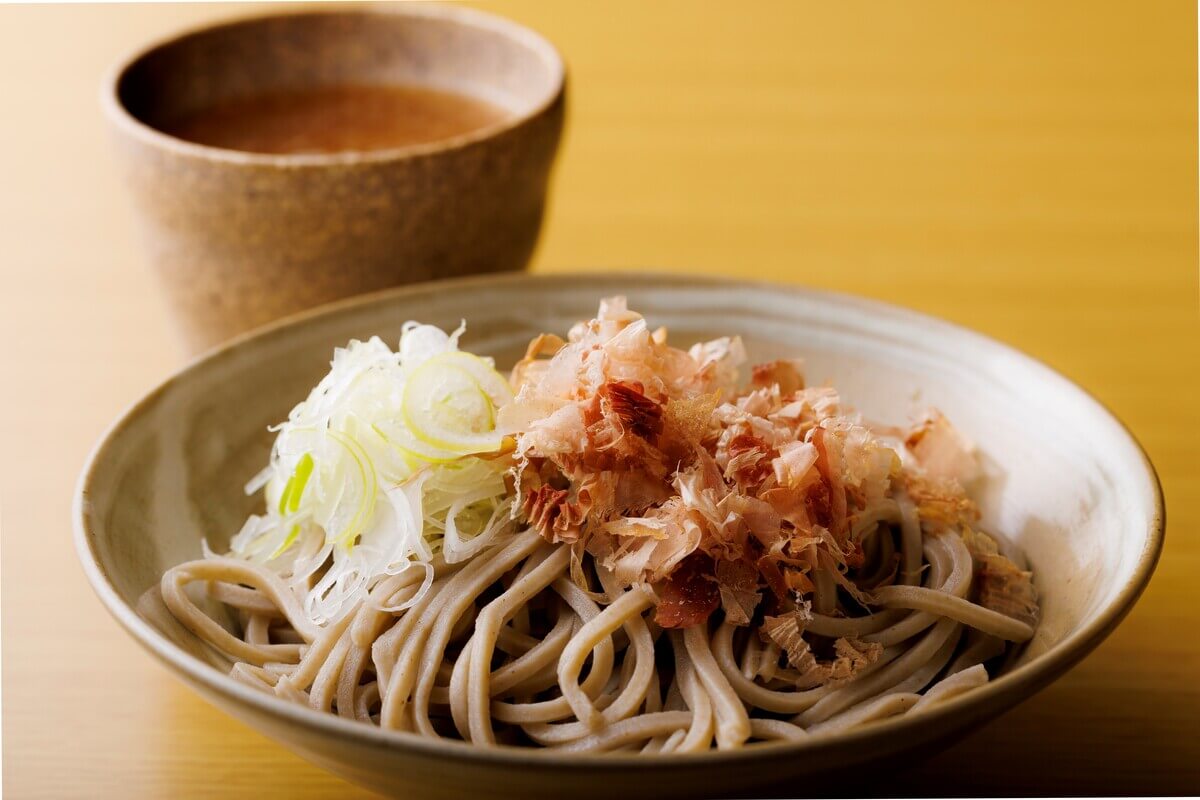
Fukui’s soul food, which is served by pouring dashi broth containing plenty of grated daikon (grated radish) over soba noodles, along with green onions and dried bonito flakes as condiments. To avoid losing the spiciness of the grated daikon, thicker buckwheat noodles are used. The black husks that surround the buckwheat seeds are also ground into the soba, giving it a strong black flavor and high aroma. The upcoming hot summer season is the perfect time to enjoy refreshing Echizen grated buckwheat noodles. If you go to Fukui, you can enjoy Echizen oroshi-soba at each restaurant.
Yaki Saba Sushi (Grilled Mackerel Sushi)
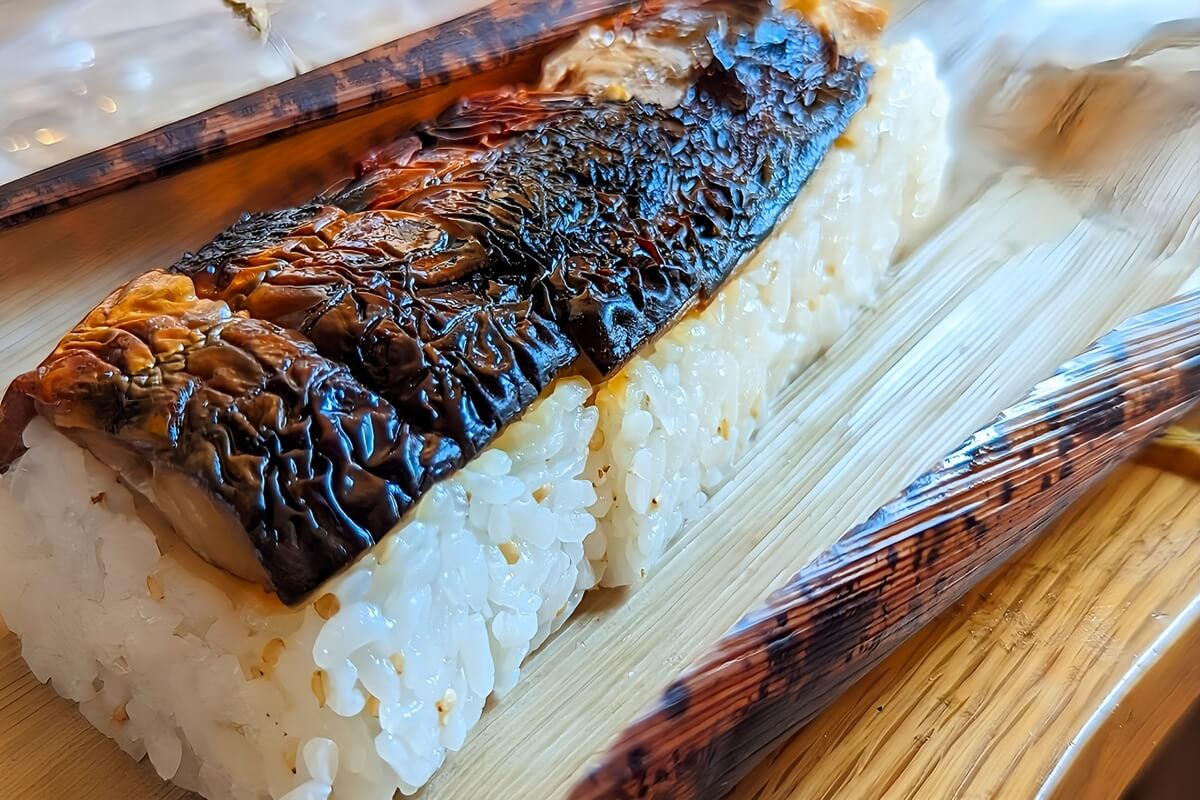
In the Wakasa region, where mackerel was brought to the imperial court in Kyoto from ancient times, grilled mackerel was a favorite local dish. It is a popular gourmet dish originating from Fukui Prefecture. The moist, thick, juicy mackerel and rice are a perfect match! The taste is so good that you cannot stop eating it. Take-out grilled mackerel sushi is available at souvenir corners in train stations and parking areas, making it easy to purchase.
Aburaage (Fried Tofu)
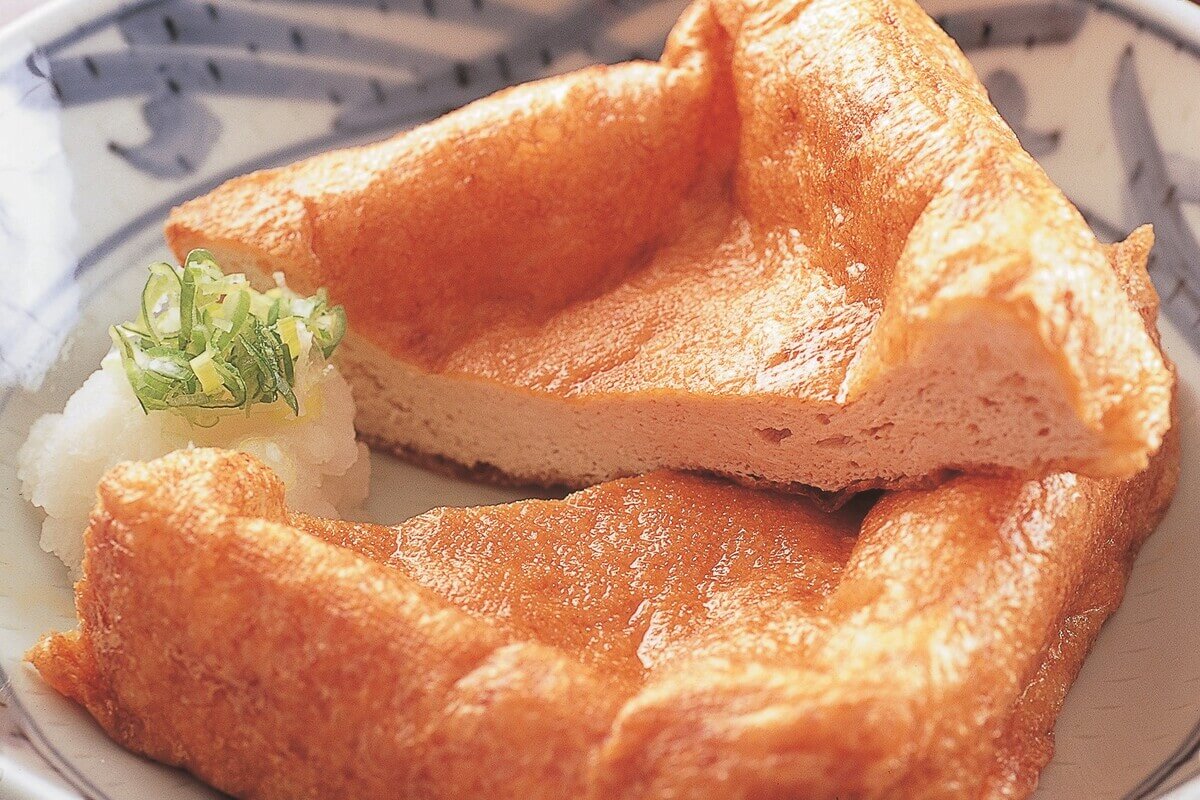
Fukui Prefecture has been Japan’s largest consumer of abura-age (fried tofu) and ganmodoki (fried fish cake) for 60 consecutive years. Generally, abura-age is Usuage (thin type of fried tofu), but Fukui’s abura-age is characterized by being very large and thick, and is called “Atsuage(thick abura-age)”.
It can be enjoyed as a main dish, grilled like a whole steak and served with soy sauce sauce sauce, or simmered with soy sauce and sugar to make it sweet and spicy. You can get fried bean curd from various manufacturers at supermarkets.
Fukui Prefecture has many of Japan’s best cultural attractions, such as dinosaurs and eyeglasses, and is rich in sightseeing spots and gourmet foods. It is easily accessible from both Tokyo and Osaka, so please visit Fukui Prefecture!
